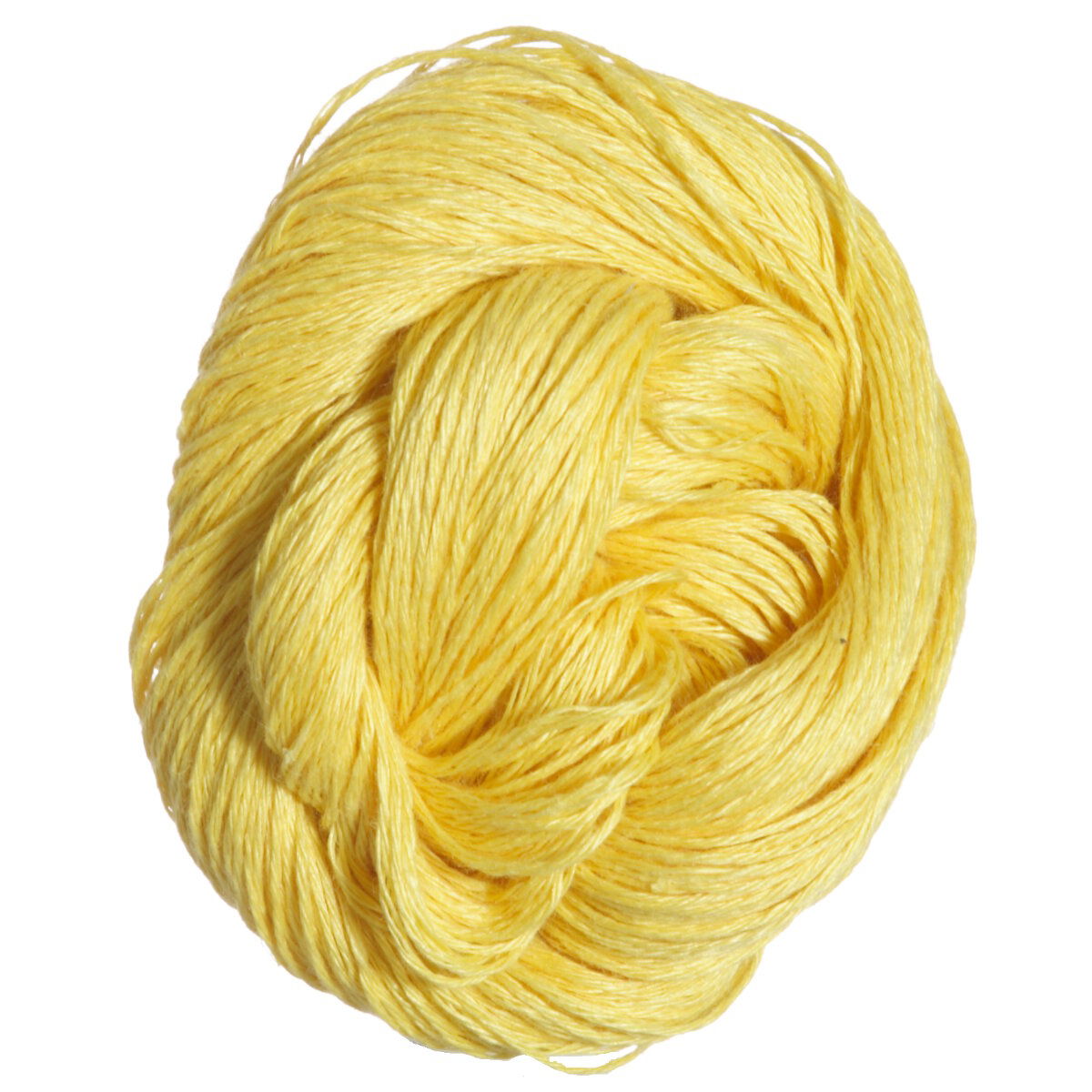


The formulation contains mucilage and flaxseed oil due to the highly skin beneficial fatty acid composition which is effective in many inflammatory skin disorders and the potential of water and oil holding capacity. As a result, the Flaxseed-based Moisturizer and Multipurpose skin cream have been developed and evaluated. Thus, the research has been initiated on utilizing flaxseed oil and mucilage in the formulation of cosmetic products.
A tale in the desert old egypt flax seeds free#
The majority of the peoples prefer natural products for their personal care rather than chemical products because natural products are free from harmful chemicals, improves the health of the skin, and provides the nutrients, satisfaction for users. These results provide a large set of genomic resources and genomic tools for genomics-assisted breeding, such as marker-based selection and genomic selection to pyramid favorable alleles into cultivars. Some candidate genes neighboring these QTLs/QTNs have also been identified. Using bi-parental populations or germplasm collections, more than 1000 unique QTLs or quantitative trait nucleotides (QTNs) have been reported for 37 traits, including seed yield and agronomic traits, fiber yield and quality, seed quality, and abiotic and biotic traits. In the last decade, at least 21 QTL mapping studies were reported in flax. Recently, several multi-locus statistical models have been developed and applied in crops, including flax, leading to the identification of large- and small-effect QTLs for complex traits. Depending on the genetic populations and the theoretical considerations, either linkage map-based QTL mapping or linkage disequilibrium-based association mapping, commonly known as genome-wide association study (GWAS), is widely used QTL mapping strategies. Quantitative trait locus (QTL) mapping is a powerful statistical genetics approach to identify genomic regions and candidate genes associated with traits of interest in plants. Here, we present recent findings, discuss a few case studies, a QTL-based GS strategy and a genomic cross-predictions for flax breeding improvement. Alternatively, the use of quantitative trait loci (QTLs), identified through genome-wide association study (GWAS) methods, in GS models can significantly improve genomic predictive ability and reduce the genotyping cost of the test populations. Recent studies showed that high-density genome-wide random markers do not necessarily generate high genomic predictive ability in GS because the vast majority of markers are unrelated to the traits of interest, thus generating background noises and lowering the predictive ability. It is currently straightforward to generate high-density marker datasets thanks to the remarkable advances in genotyping technologies. The concept of GS models was first developed using genome-wide random markers, with marker density being a key element in estimating the predictive ability in breeding populations. GS is quickly becoming a conventional approach in both plant and animal breeding to increase selection accuracy, reduce breeding cost and shorten breeding cycles. Genomic selection (GS) or genomic prediction (GP) is a type of marker-assisted selection that relies on genome-wide markers to predict genomic-estimated breeding values (GEBVs) of phenotypes.


 0 kommentar(er)
0 kommentar(er)
